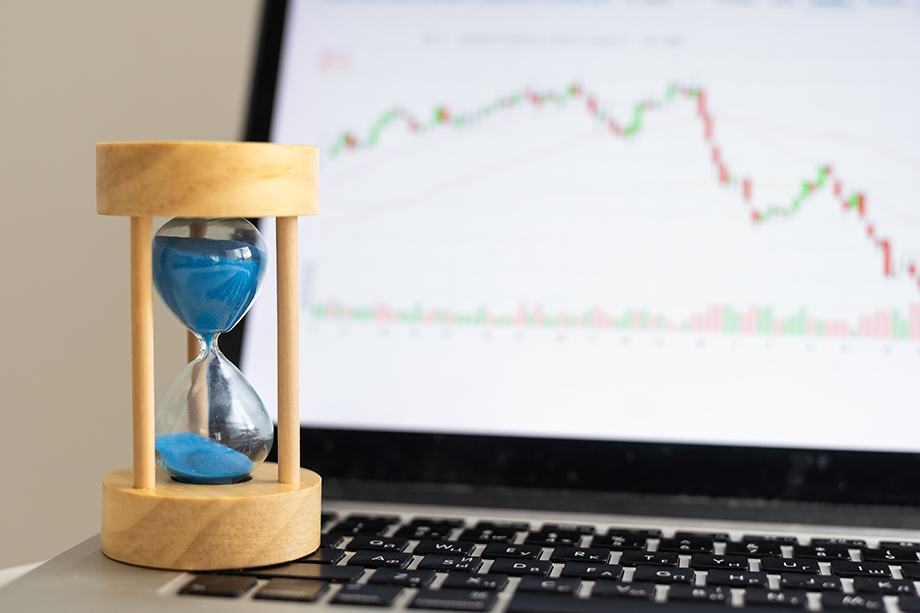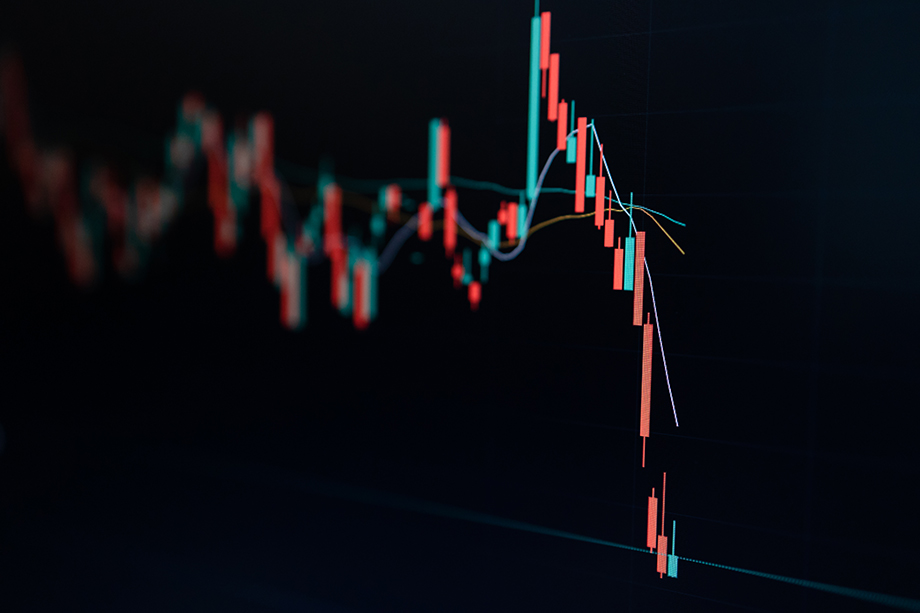(The following content was originally created by our partner at Real Vision. You can read it in it’s original format here.)
Often, good trade ideas fail because we misunderstand things like how trends behave across various time frames.
In this issue, we’ll cover 3 things:
- The 3 types of market drivers: secular, cyclical, and tactical.
- Identifying relationships and patterns between trends.
- How to incorporate market drivers into your investing framework.
Let’s get started.
LEVEL 1 — THE MARKET DRIVERS
Whether you’re a nimble short-term trader or a long-term investor focused on the 30,000 foot view, there’s a place for you in markets.
Hell, you can even do both — as long as you align your timeframe with your objectives.
That’s where the market drivers come in.
A market driver is a factor or a set of factors that influences supply and demand and plays a crucial role in shaping market psychology.
- Secular — long-term trends and themes driven by seismic shifts such as demographics, debt, technology, and globalization.
- Cyclical — trends that last anywhere from a few months to a few years. These are driven by the business cycle but can also be triggered by policy and liquidity.
- Tactical — short-term themes driven by market sentiment and news flow. Tactical traders look for opportunities that only last for a few days or weeks.
LEVEL 2 — EXAMPLES AND PATTERN RECOGNITION
Two examples of secular trends are Baby Boomers and China’s economic emergence.
- Baby Boomers flooding the U.S. workforce in the 1960s and 1970s ushered in an ultra-capitalist era of high corporate earnings and low wages for workers.
- China joining the World Trade Organization (WTO) in 2001 led to more global trade, lower consumer prices, and increased foreign investment in China. Meanwhile, job losses in many other countries spiked.
So, what about cyclical drivers?
- In the immediate aftermath of the COVID pandemic, policy makers injected an unprecedented level of liquidity into markets and the economy.
- This led to outsized demand in Tech and e-commerce and produced a cyclical upturn that supported equities for the next 18 months.
Tactical drivers are more erratic, but we see them every day.
- A press story comes out about a company scandal and its shares fall 20%. You do your homework and find the selloff was an overreaction. So you buy and make 8% in a day when it bounces back… That’s a tactical trade.
LEVEL 3 — YOUR PROCESS
Whether you are a day-trader or a long-term investor, you need to identify the leading market drivers and define your thesis over your preferred time horizon.
- Long-term investors should focus on secular and cyclical trends that could impact where you think markets are heading.
- Short-term traders should focus on tactical news with a side of cyclical themes.
Monitor the news and identify opportunities that are most likely to benefit from your area of focus.
- What companies will benefit from a long-term trend?
- Which assets are less sensitive to short-term swings?
- Which are most vulnerable to changes in economic data?
The takeaway: By considering these drivers, you’ll be able to make more informed decisions, capture upside, and limit drawdowns on your portfolio.






